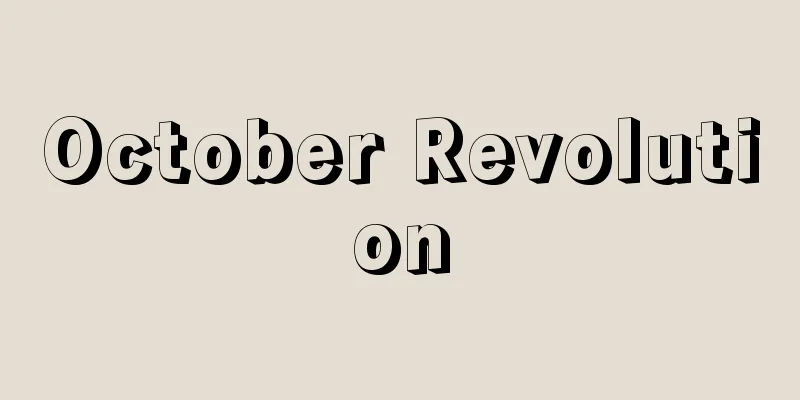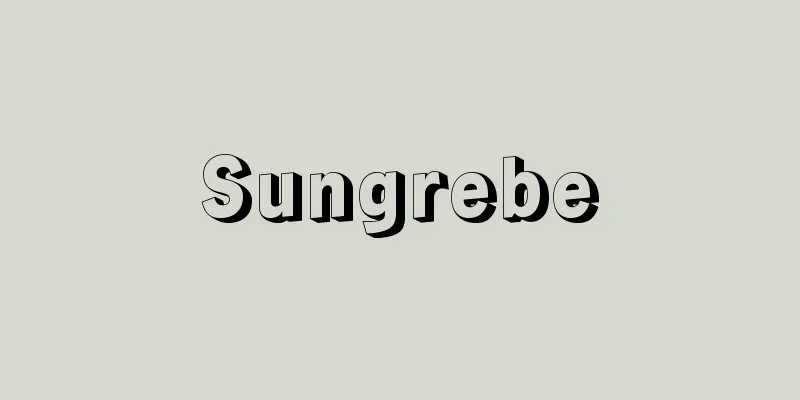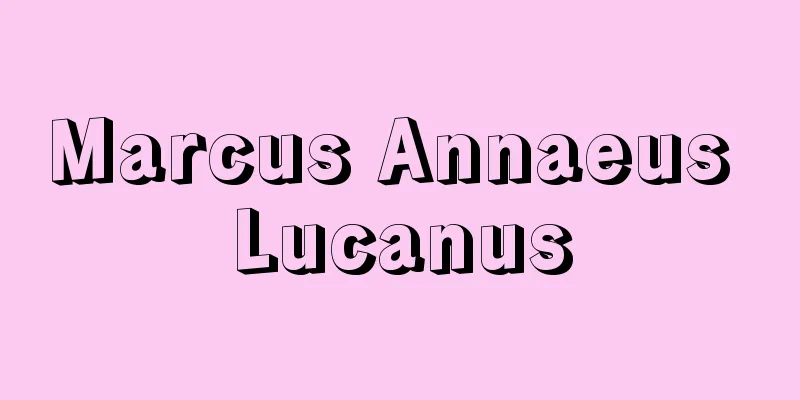October Revolution

|
The revolution that marked the climax of the Russian Revolution at the end of World War I. It was also called the November Revolution. It began on November 6, 1917 (October 24, Russian calendar) under the leadership of Lenin, Trotsky, Sverdlov, and others. After the collapse of the monarchy by the February Revolution of the same year, a dual regime was created with Kerensky's Provisional Government and the Soviets, and the two parties continued to fight each other. However, with the support of the people who wanted peace, freedom, land, and bread, the Bolsheviks decided to seize power at the end of October under Lenin's orders, and established a Military Revolutionary Committee in the Petrograd Soviet. On November 6, the Bolsheviks started an uprising in Petrograd, suppressing the city, and on the 7th they began an attack on the Winter Palace, occupying it on the 8th, and overthrowing the Provisional Government (November 7th and 8th became Revolution Days). The Second Congress of Soviets, held at the same time, issued a decree on peace and land, elected a provisional government headed by Lenin, and decided on policies such as an immediate ceasefire, no annexations or reparations, land nationalization, democratization of the military, and national self-determination. In January 1918, the Constituent Assembly was dissolved, and the Third Congress of Soviets adopted the Declaration of the Rights of the Working and Exploited People, and officially decided on the new name of the country, the Russian Soviet Federative Socialist Republic. This was followed by an era of intervention by the great powers in the Soviet Union and a civil war with counter-revolutionary forces. → Related topics: Axelrod | Kaganovich | Cadets | Kamenev | Kalinin | Gerasimov | Kolchak | Kornilov | Kolontai | Dzerzhinsky | The Quiet Don | Zhdanov | Zinoviev | Semenov | Sokhoz | Cheka | Denikin | Bukharin | Dictatorship of the Proletariat | Politburo | Mayakovsky | Marxism-Leninism | Martov | Milyukov | Meyerhold | Mensheviks | Reed | Russian Social Democratic Labor Party Source : Heibonsha Encyclopedia About MyPedia Information |
|
第1次大戦末期,ロシア革命の頂点をなす革命。十一月革命とも。レーニン,トロツキー,スベルドロフらの指導で,1917年11月6日(ロシア暦10月24日)に始まった。同年の二月革命により帝政が崩壊した後,ケレンスキーの臨時政府とソビエトが並立する二重政権状態が生まれ,両者の抗争が続いていたが,平和・自由・土地・パンを求める民衆の支持を得て,10月末レーニンの指示でボリシェビキは権力獲得を決定,ペトログラード・ソビエトに軍事革命委員会を設置した。11月6日ボリシェビキはペトログラードで蜂起(ほうき),市内を鎮圧し,7日には冬宮の攻撃を開始し8日これを占拠して臨時政府を打倒した(11月7日,8日は革命記念日となった)。同時に開かれた第2回ソビエト大会は平和と土地に関する布告を発し,レーニンを首班とする暫定政府を選出,即時休戦,無併合無賠償講和,土地国有化,軍隊民主化,民族自決などの方針を決定。1918年1月憲法制定会議は解散され,第3回ソビエト大会で〈勤労被搾取人民の権利宣言〉が採択され,〈ロシア・ソビエト連邦社会主義共和国〉の新国号が正式決定された。以後,列強の対ソ干渉戦争,反革命勢力との内戦の時代となった。 →関連項目アクセリロード|カガノビチ|カデット|カーメネフ|カリーニン|ゲラーシモフ|コルチャーク|コルニーロフ|コロンタイ|ジェルジンスキー|静かなドン|ジダーノフ|ジノビエフ|セミョーノフ|ソホーズ|チェーカー|デニキン|ブハーリン|プロレタリアート独裁|ポリトビューロー|マヤコーフスキー|マルクス=レーニン主義|マルトフ|ミリュコーフ|メイエルホリド|メンシェビキ|リード|ロシア社会民主労働党 出典 株式会社平凡社百科事典マイペディアについて 情報 |
<<: Freedom School - Jiyuugakko
>>: Hydrobromic Acid - Succinic Acid
Recommend
Muse
…However, the concept of music in the West has un...
Malus asiatica (English spelling)Malus asiatica
… [Yukio Taniguchi]. … *Some of the terminology t...
Garbage Collection - Jinkaishu
This is the provincial law of the Date clan durin...
urban ecology
…The majority of people are now urban residents, ...
Hoei Gold and Silver
Coins minted from 1706 to 1711 (3rd to 8th years o...
Buddleja curviflora (English spelling) Buddleja curviflora
…[Mr. Makoto Fukuoka]. … *Some of the terminology...
Isabel Style - Isabel Style
The name of the Spanish Late Gothic style, named a...
Morton Chanyu - Bokutotsuzenu
Founder of the Xiongnu state (reigned 209-174 BC)...
Peasant uprising - Hyakusho Ikki
In the Edo period, peasants formed gangs and foug...
Kabutomaru - Kabutomaru
... E . pentalophus var. procumbens (Eng.) Krainz...
Functional Music - Yesterday's Music
... By shining a light on the various musics arou...
Grigny, N.de (English spelling) GrignyNde
…In France, reed stops that imitated the tone of ...
Ranbyoushi - Ranbyoushi
〘Noun〙① A style of dance such as Shirabyoshi. A da...
Pogodin, Mikhail Petrovich
Born: November 23, 1800, Moscow [Died] December 20...
consumer society
…The term “consumer society” has only recently co...









